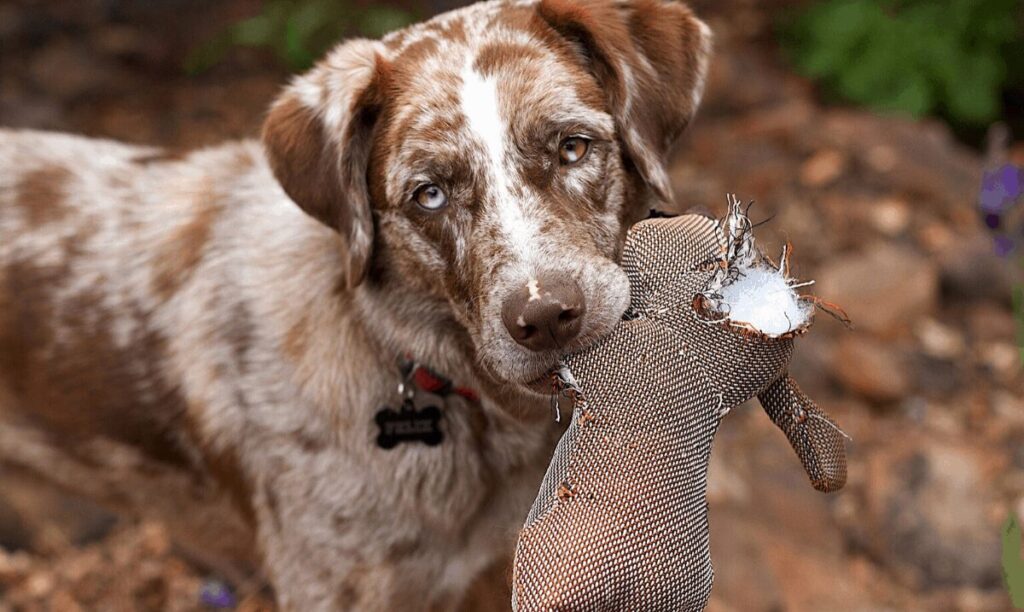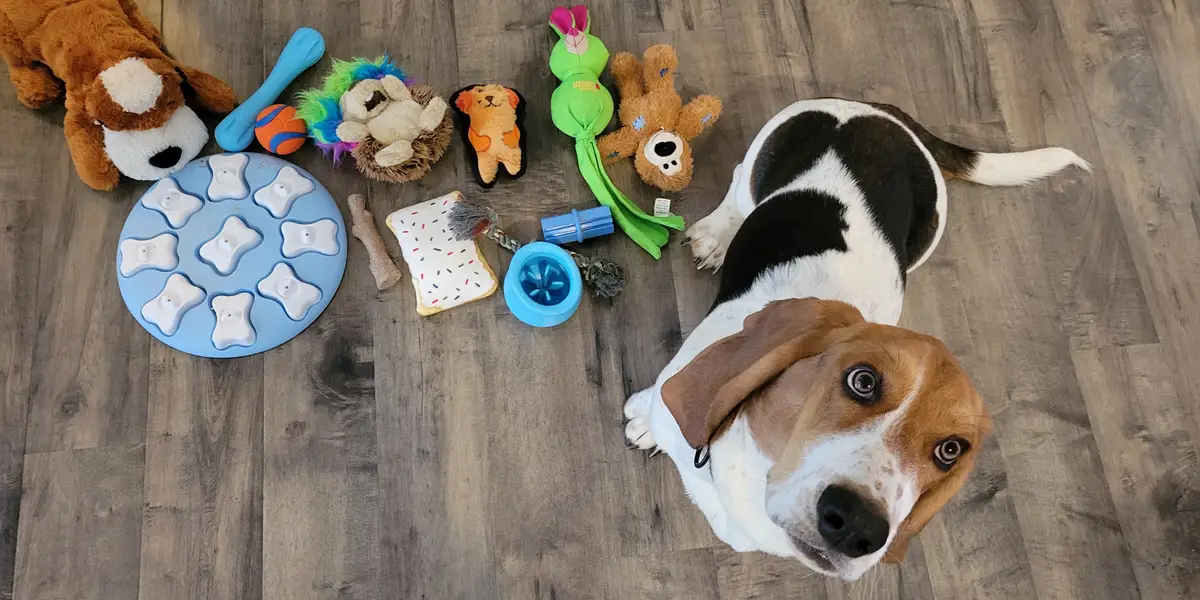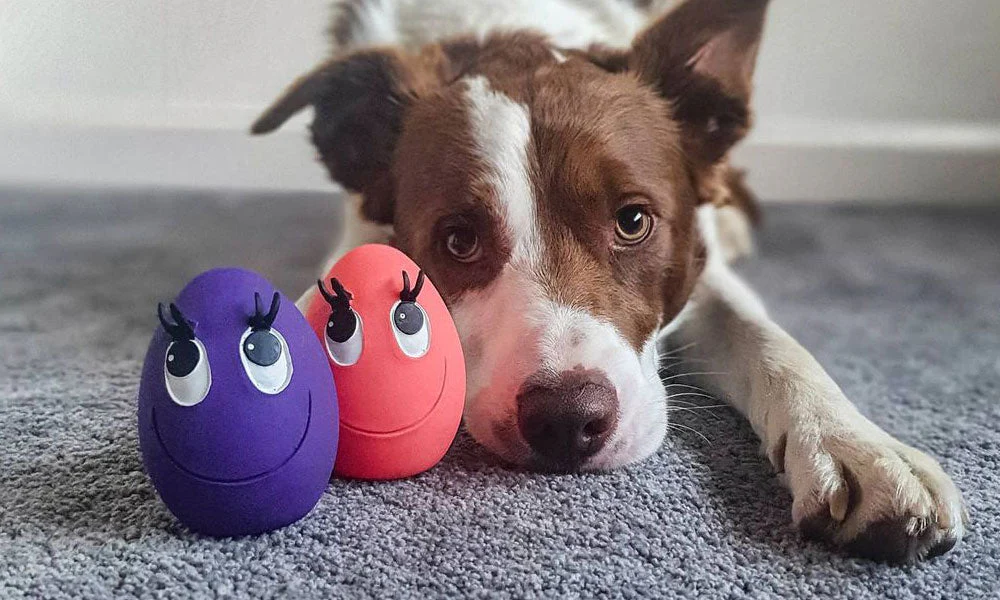“An ounce of prevention is worth a pound of cure.” – Benjamin Franklin
When it comes to our furry friends, prevention is key, especially regarding their toys. How often should you replace dog toys? This question plagues many pet owners striving to ensure their pets’ safety and happiness. Studies reveal that the average dog can chew through a toy in just a few weeks, depending on the material and the dog’s chewing habits. Let’s dive into this topic to understand the best practices for replacing dog toys, ensuring your pup’s playtime is both fun and safe.
The Importance of Replacing Dog Toys
Wear and Tear: Signs It’s Time for a New Toy
Dog toys, like any other pet product, have a lifespan. Toys are prone to wear and tear, especially if your dog is an aggressive chewer. Signs that a toy needs replacement include:

- Visible Damage: Frayed edges, missing pieces, or broken parts.
- Decreased Functionality: Toys that no longer squeak or bounce as intended.
- Hygiene Concerns: Toys that have absorbed saliva, dirt, or have developed a bad odor.
Health and Safety Concerns
Old and damaged toys can pose significant health risks to your dog. Broken pieces can be swallowed, leading to choking hazards or intestinal blockages. Additionally, bacteria can build up on toys, potentially causing infections or dental issues.
Maintaining Mental and Physical Stimulation
Fresh toys keep your dog’s interest and provide necessary mental and physical stimulation. Regularly introducing new toys can prevent boredom and destructive behavior, ensuring a happier and healthier pet.
Factors Influencing Toy Replacement Frequency
Chewing Intensity and Breed
Different breeds have varying chewing intensities. For instance, larger breeds like Labradors or Pit Bulls are known for their powerful jaws and may require more frequent toy replacements than smaller, less aggressive chewers like Chihuahuas or Pugs.

Toy Material and Durability
The material of the toy plays a crucial role in its longevity. Toys made of rubber or durable nylon tend to last longer than those made of fabric or softer materials. Investing in high-quality, durable toys can extend the time between replacements.
Usage Frequency
How often your dog plays with a particular toy also affects its lifespan. A toy used daily will wear out faster than one only used occasionally. Monitoring how often your dog interacts with each toy can help you gauge when it’s time for a replacement.
Best Practices for Toy Maintenance and Replacement
Regular Inspection and Cleaning
- Weekly Inspections: Check toys for any signs of damage or wear at least once a week.
- Cleaning Routine: Wash toys regularly to remove dirt, saliva, and bacteria. Rubber and plastic toys can often be cleaned with mild soap and water, while fabric toys may be machine washable.
Rotation System
Implementing a toy rotation system can help extend the life of your dog’s toys. Rotate a selection of toys weekly to keep your dog interested and reduce the wear on any single toy.

Choosing the Right Toys
- Size Appropriateness: Ensure toys are the right size for your dog to prevent choking hazards.
- Material Safety: Opt for non-toxic, durable materials that can withstand your dog’s chewing habits.
Expert Recommendations
Veterinarians and pet behaviorists recommend replacing dog toys every few weeks to a couple of months, depending on the factors mentioned above. Keeping a close eye on the condition of your dog’s toys and replacing them as needed can prevent health risks and maintain your dog’s interest and engagement.
Real-World Use Cases
A case study from the American Pet Products Association found that dogs provided with a variety of fresh toys exhibited less destructive behavior and higher levels of mental stimulation. Pet owners reported a noticeable improvement in their dogs’ overall happiness and health when toys were replaced regularly.
Conclusion
Ensuring your dog has safe, engaging toys is a critical part of responsible pet ownership. By regularly inspecting, cleaning, and replacing toys, you can prevent health risks and keep your dog happy and entertained. Remember, the key to your dog’s well-being is proactive care and attention to the little details, like the state of their favorite toys. Keep your furry friend’s tail wagging with fresh, fun, and safe toys.





















